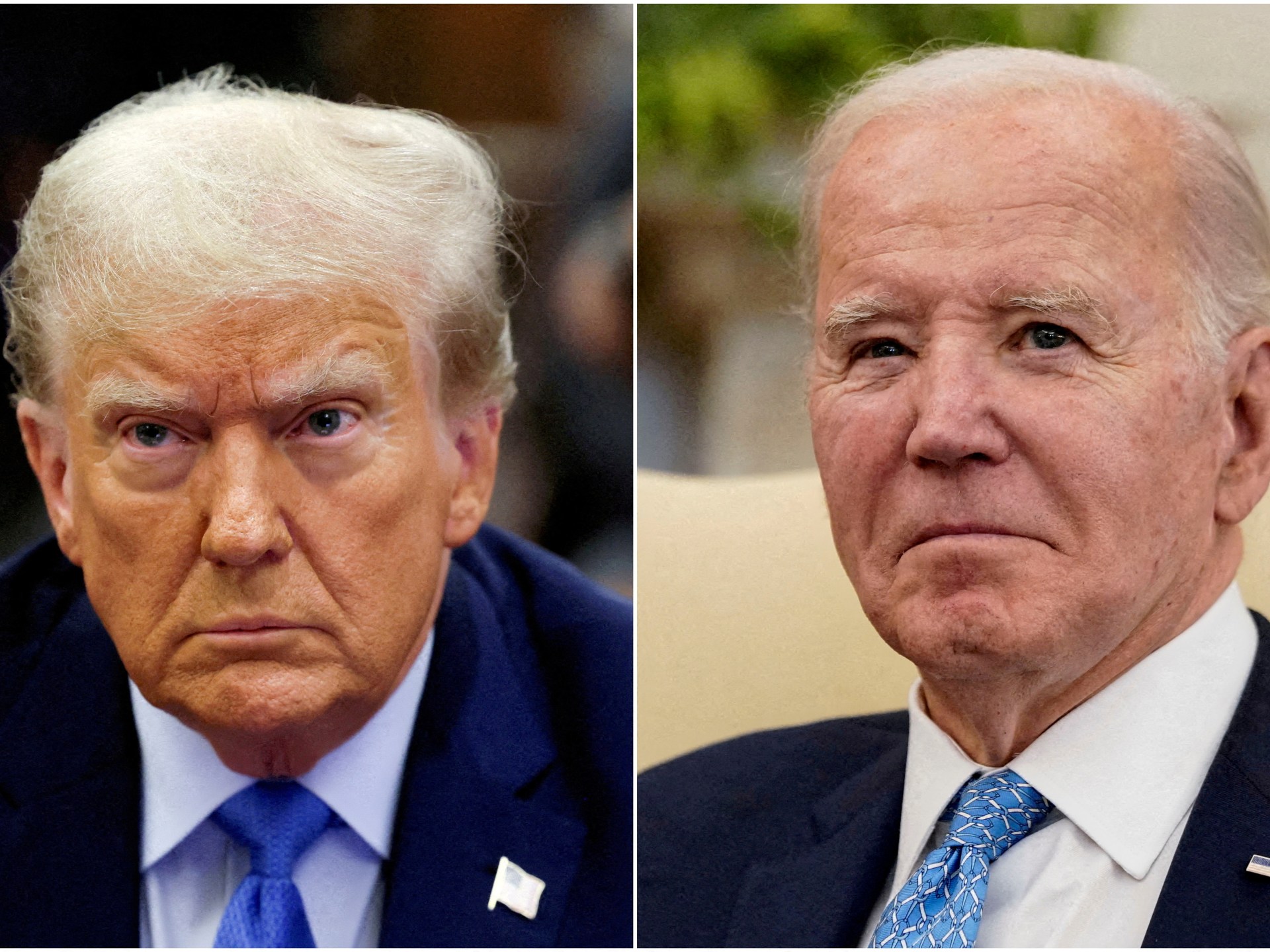Biden's Health Agenda Under Siege: Can Trump Dismantle a Presidential Legacy?

In a bold opening move, President Trump is signaling his intent to systematically unravel key healthcare initiatives implemented during the Biden administration, focusing particularly on drug pricing reforms and insurance expansions.
The early executive actions suggest a comprehensive strategy to roll back recent healthcare policies, potentially reshaping the medical landscape for millions of Americans. Trump's approach appears centered on reducing government intervention in healthcare markets and providing more flexibility for private insurers and pharmaceutical companies.
Key areas of potential transformation include:
1. Drug Pricing Reforms
• Potentially reversing Biden-era price negotiation mechanisms
• Exploring alternative approaches to medication cost management
• Reducing regulatory constraints on pharmaceutical pricing
2. Insurance Market Dynamics
• Potentially scaling back expanded Affordable Care Act subsidies
• Exploring more market-driven health insurance models
• Increasing options for alternative insurance plans
Healthcare policy experts are closely watching these initial signals, anticipating a potentially significant shift in how medical services and pharmaceutical access might be structured in the coming months.
While specific details are still emerging, the Trump administration seems poised to prioritize market-driven solutions over the more regulatory approach adopted during the previous administration.
The healthcare sector stands at a critical juncture, with stakeholders from insurance companies to patient advocacy groups preparing for potential substantial changes in policy direction.
